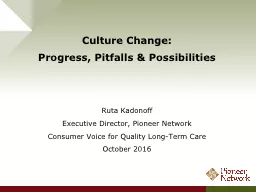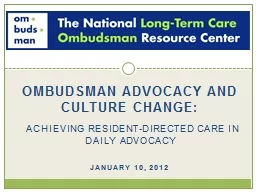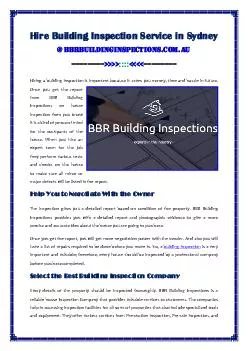PPT-Building a Culture of Change
Author : natalia-silvester | Published Date : 2016-10-31
Tami Michele D O FACOOG Ann Forster Page MS APRN CNM Principles of Implementing Change How do we respond to change Our limbic brain responds very quickly Multisite
Presentation Embed Code
Download Presentation
Download Presentation The PPT/PDF document "Building a Culture of Change" is the property of its rightful owner. Permission is granted to download and print the materials on this website for personal, non-commercial use only, and to display it on your personal computer provided you do not modify the materials and that you retain all copyright notices contained in the materials. By downloading content from our website, you accept the terms of this agreement.
Building a Culture of Change: Transcript
Download Rules Of Document
"Building a Culture of Change"The content belongs to its owner. You may download and print it for personal use, without modification, and keep all copyright notices. By downloading, you agree to these terms.
Related Documents














